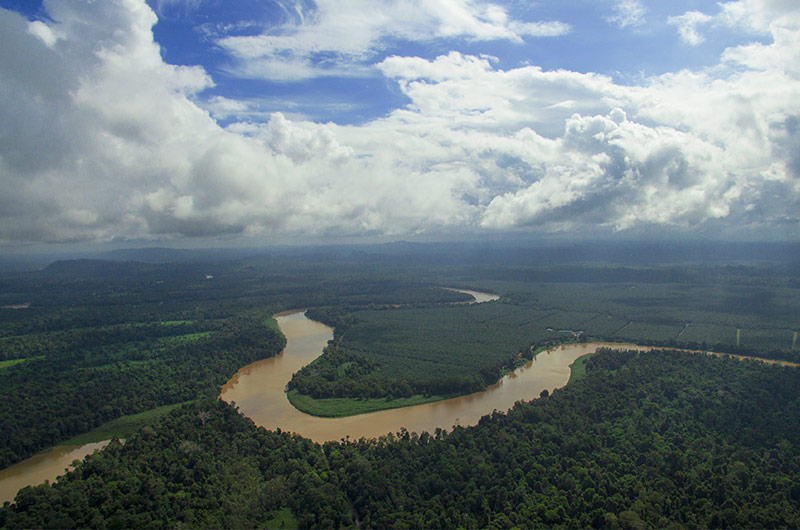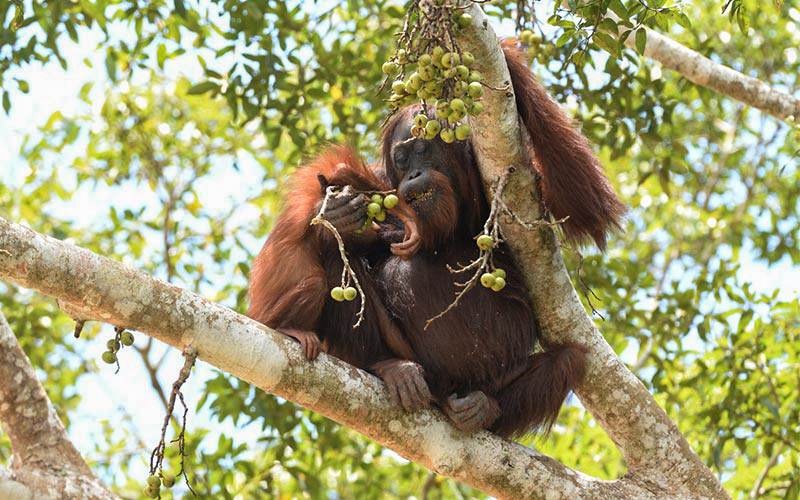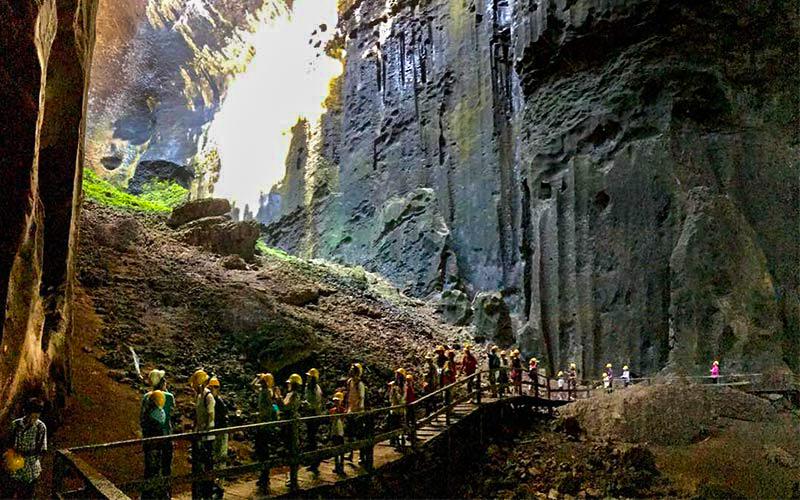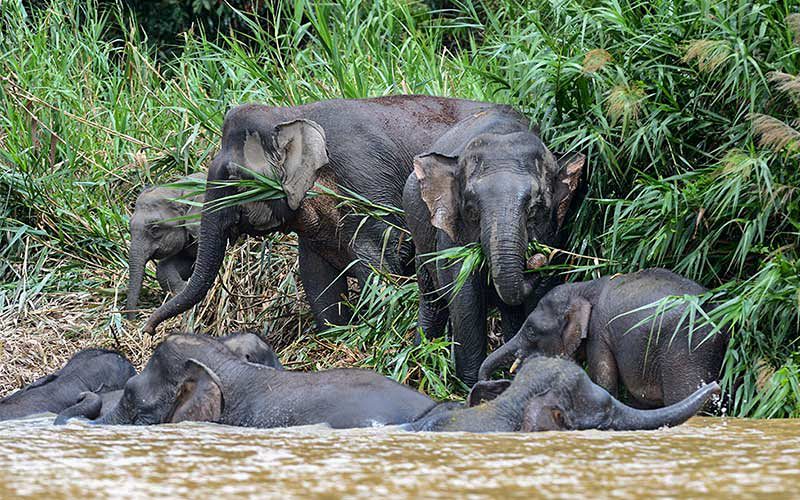Among the 200 species found in the region are 8 species of hornbill (rhinoceros, helmeted, black, pied, wreathed, wrinkled, white crowned and bushy crested), oriental darter, several species of egret, Storm’s stork, Sunda ground cuckoo, stork billed kingfisher, brahminy kite, crested serpent eagle, greater coucal, red-crowned barbet, black and yellow broadbill, white-rumped shama, white-chested babbler, heron, hawk, osprey, falcon, pheasant, parakeet, buffy fish owl, frogmouth, nightjar, trogon, bee eater, roller, woodpecker, pitta, swallow, bulbul, forktail, warbler, flycatcher, flowerpecker, spiderhunter, drongo, oriole and crow.
Some 27 species of bats or an estimated 2 million bats, mostly wrinkled-lipped bats roost in Gomantong Caves. Among the famous inbabitants are four species of swiftlets namely white-nest swiftlet, black-nest swiftlet, mossy-nest swiftlet and white-bellied swiftlet. However only the first two species produce the coveted edible nests, which are made out of their saliva. A top grade white nest can fetch as much as US$4,000 / kg in Hong Kong.




